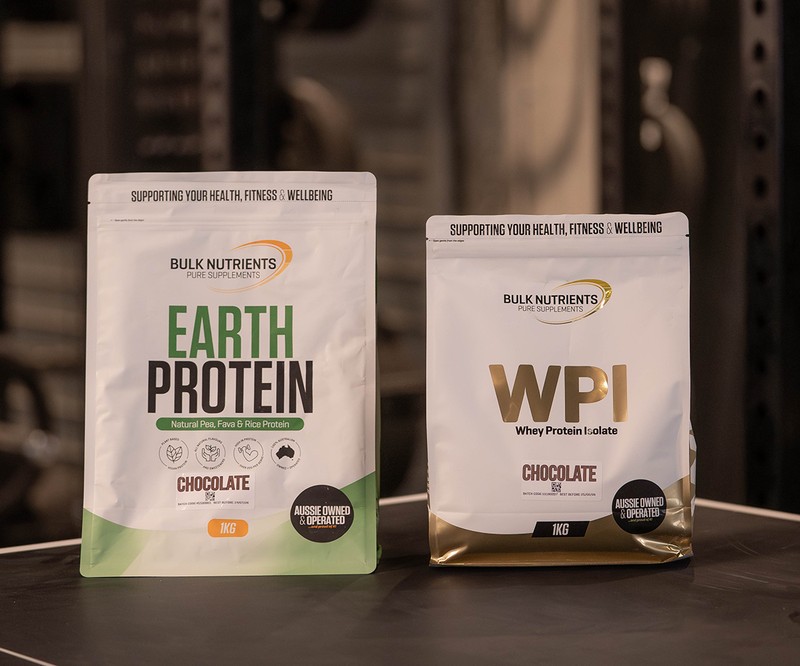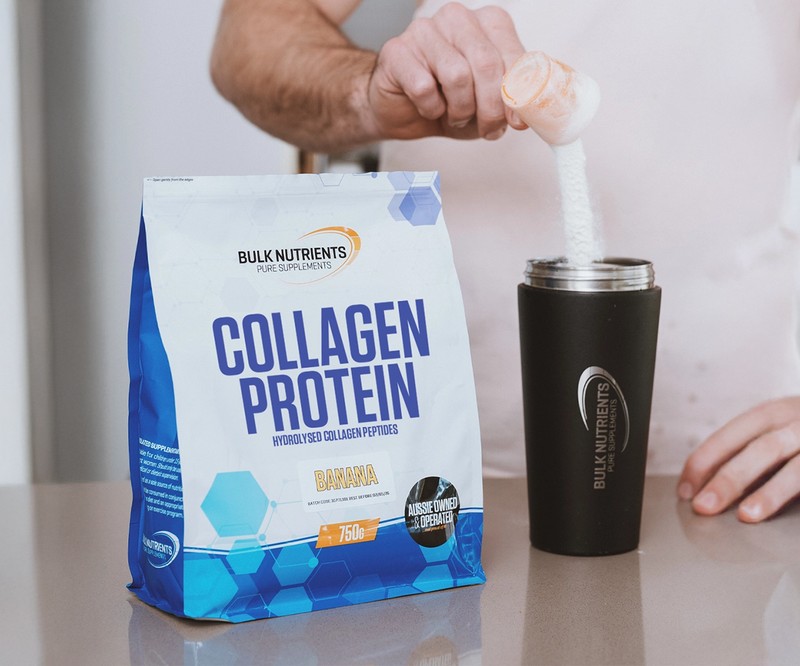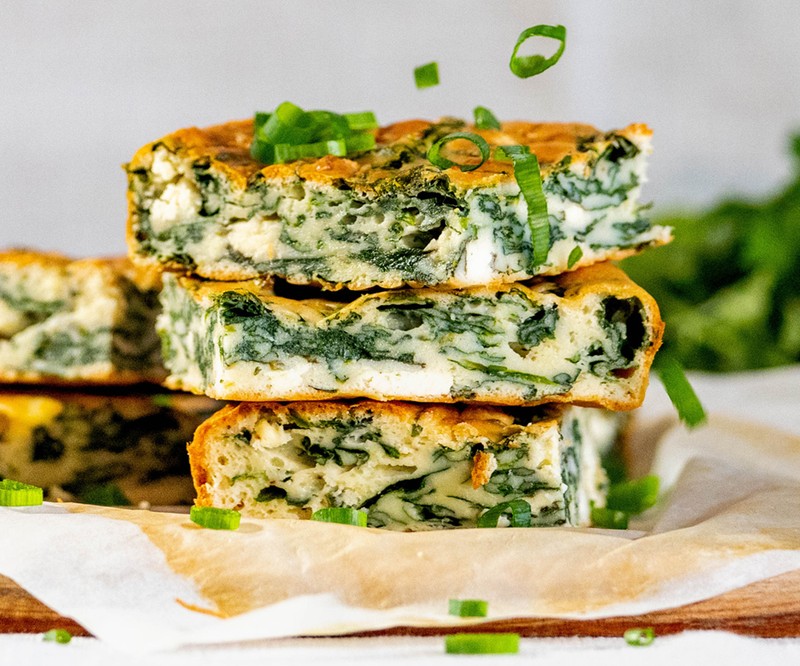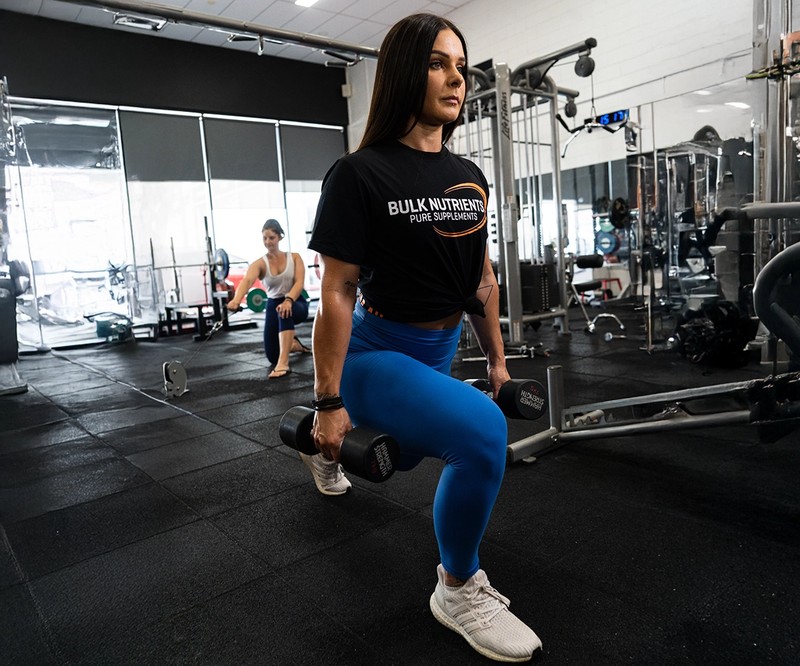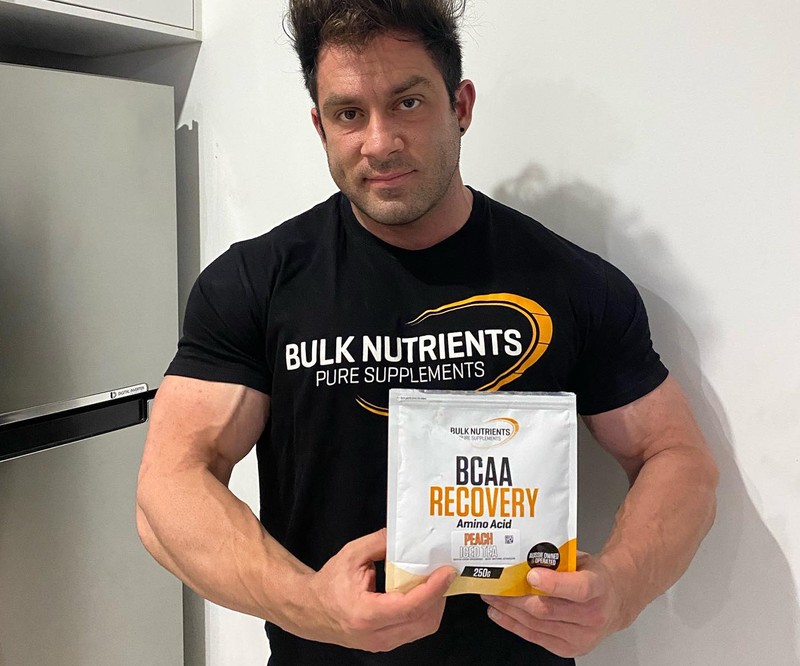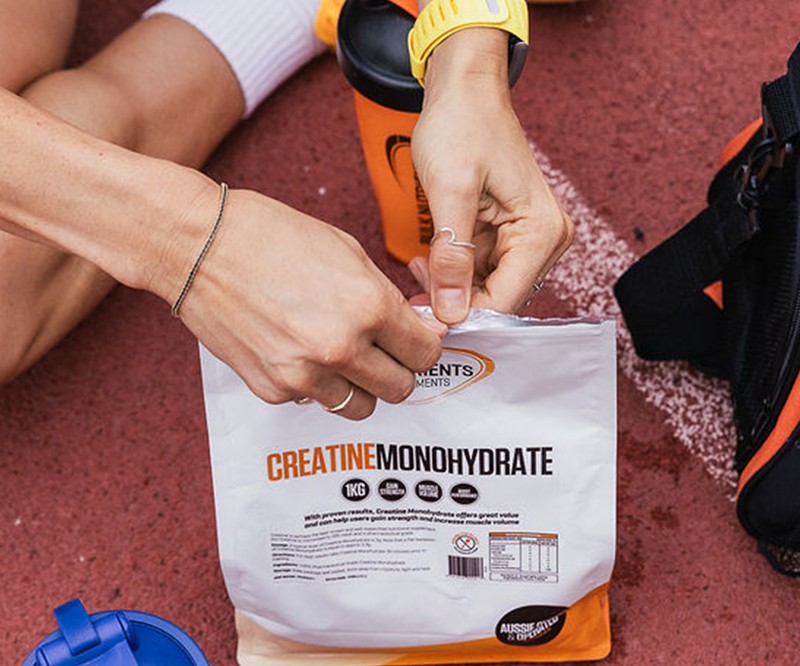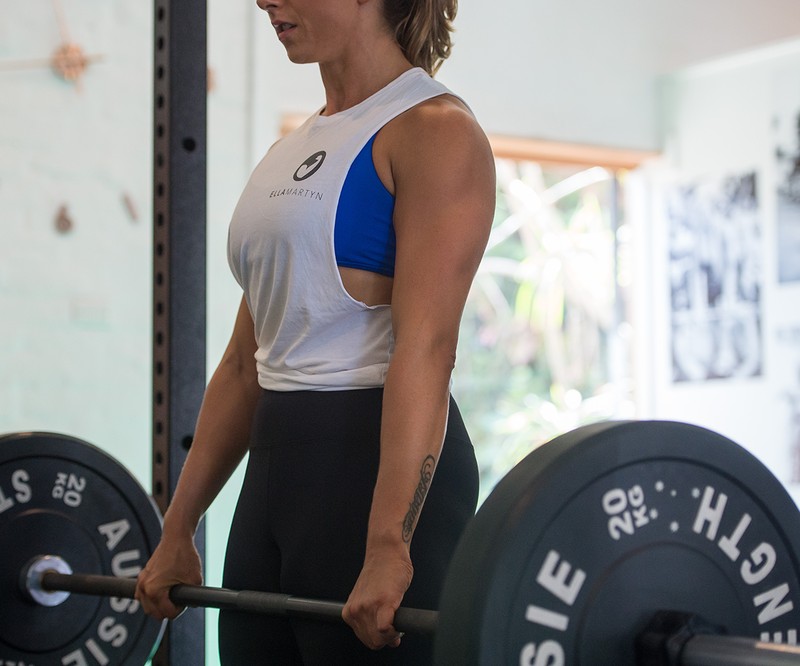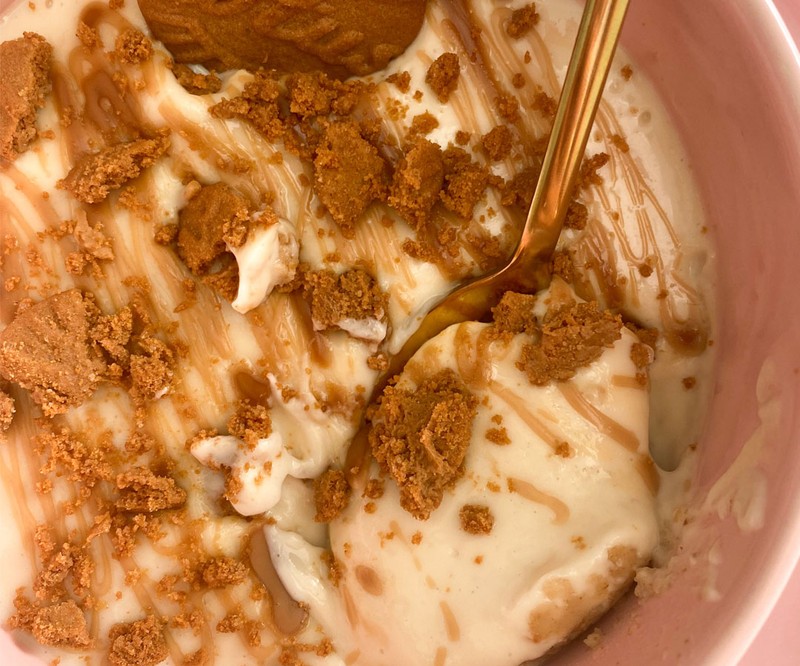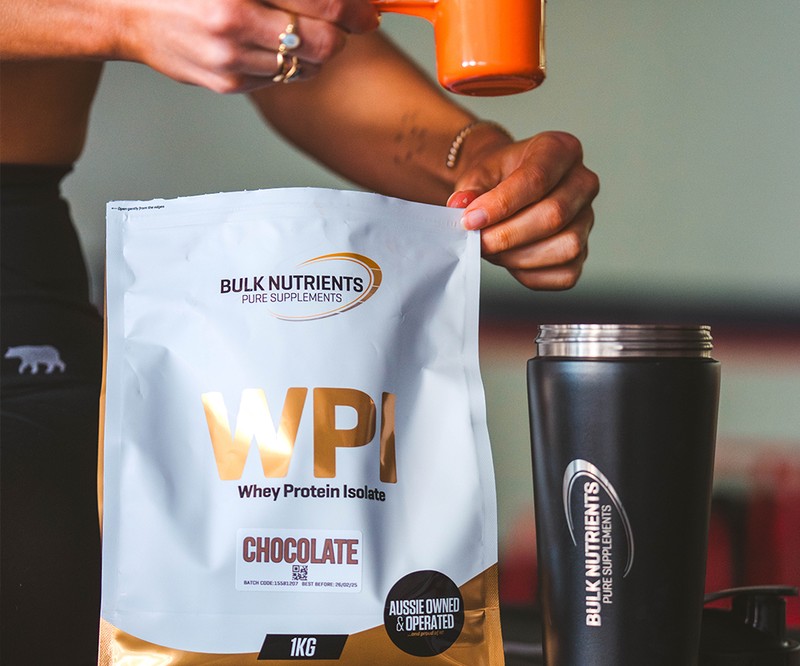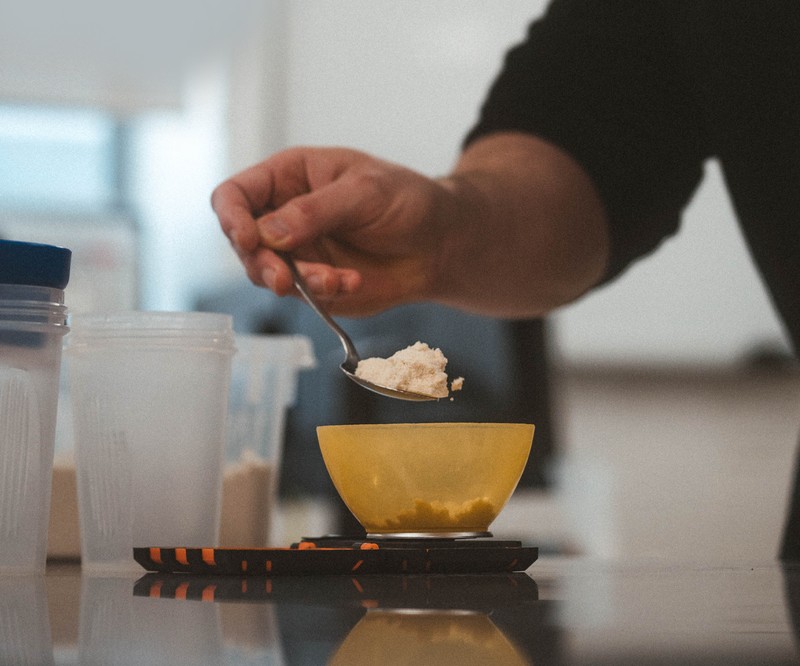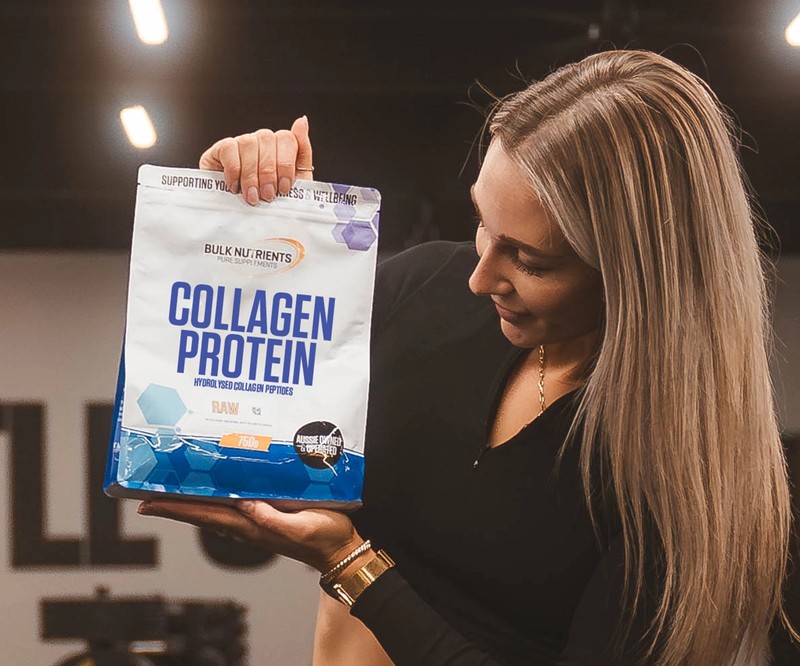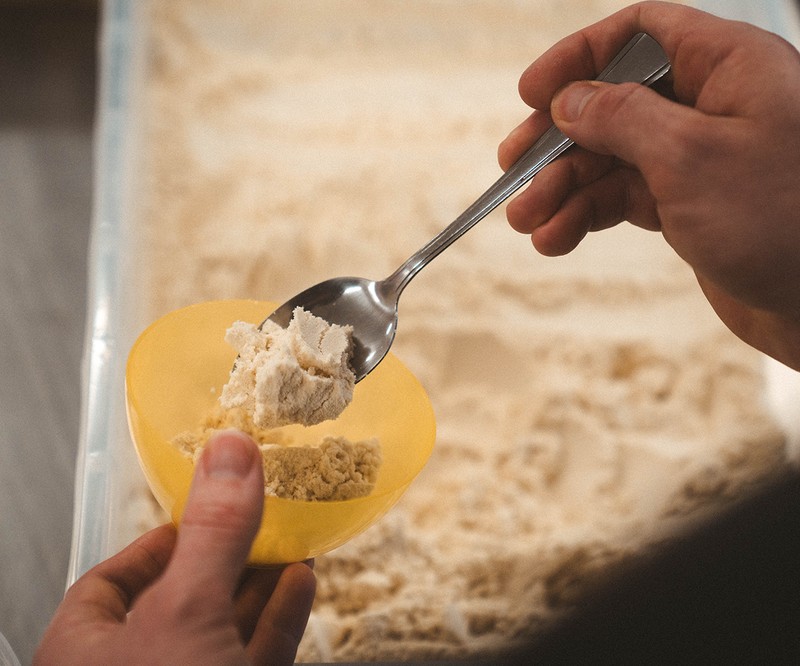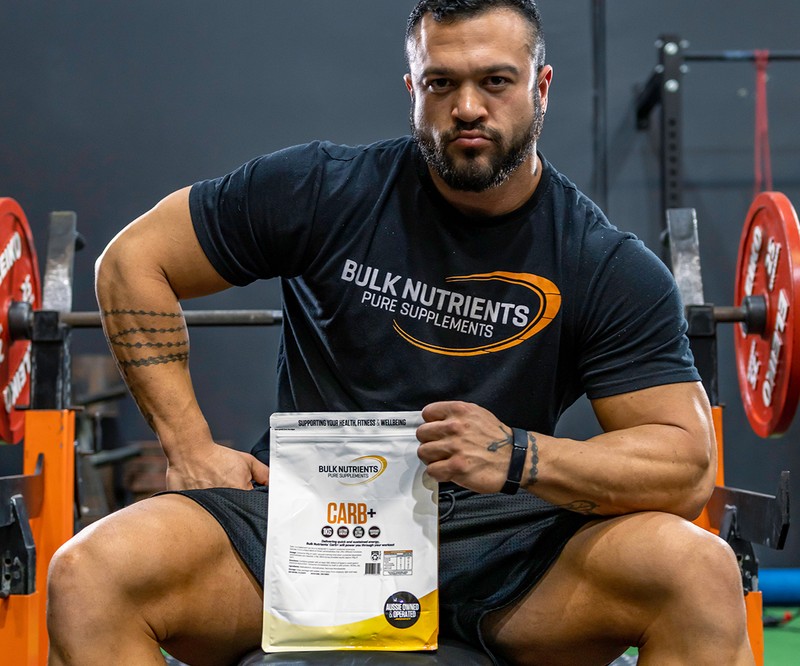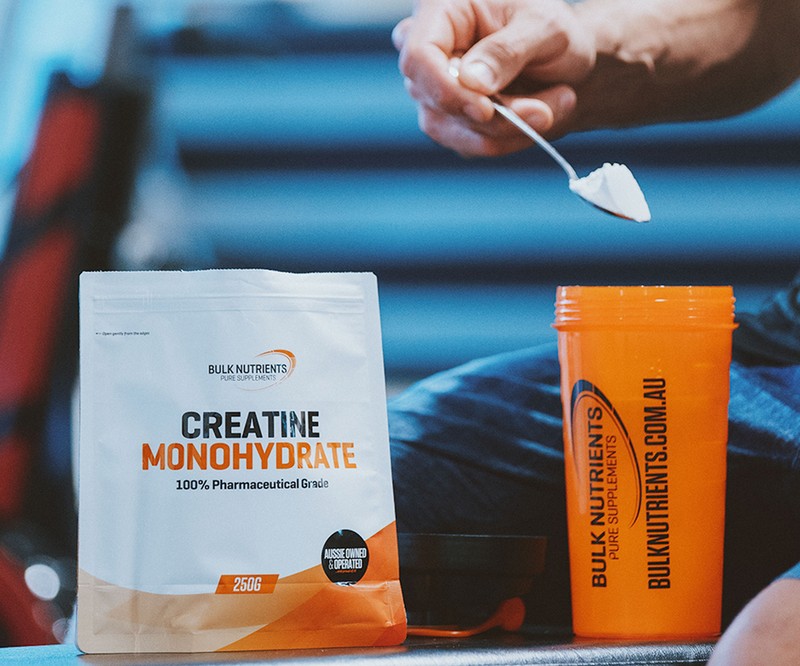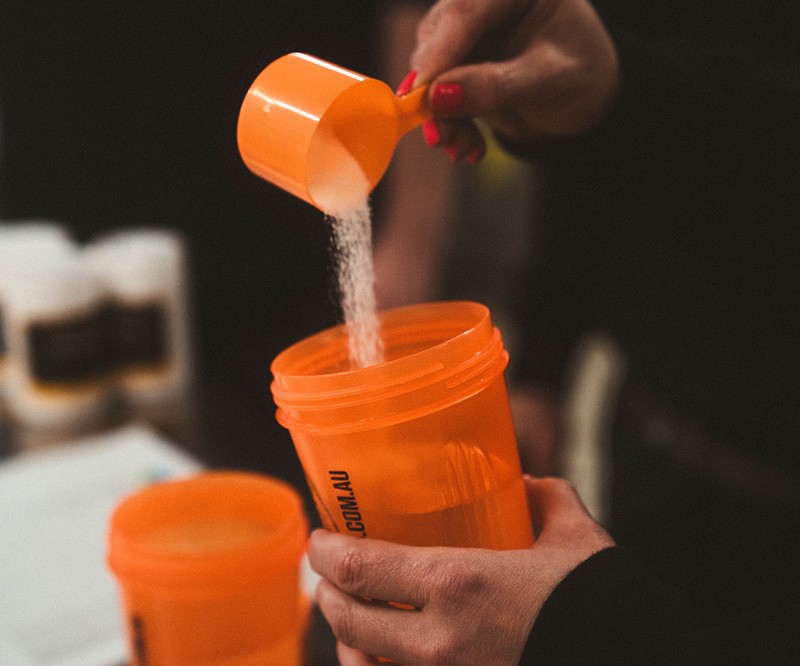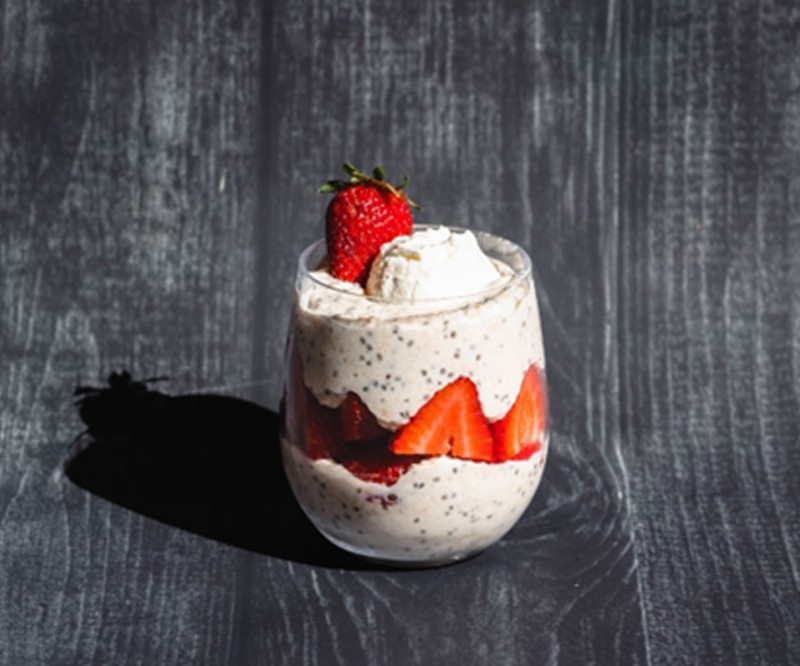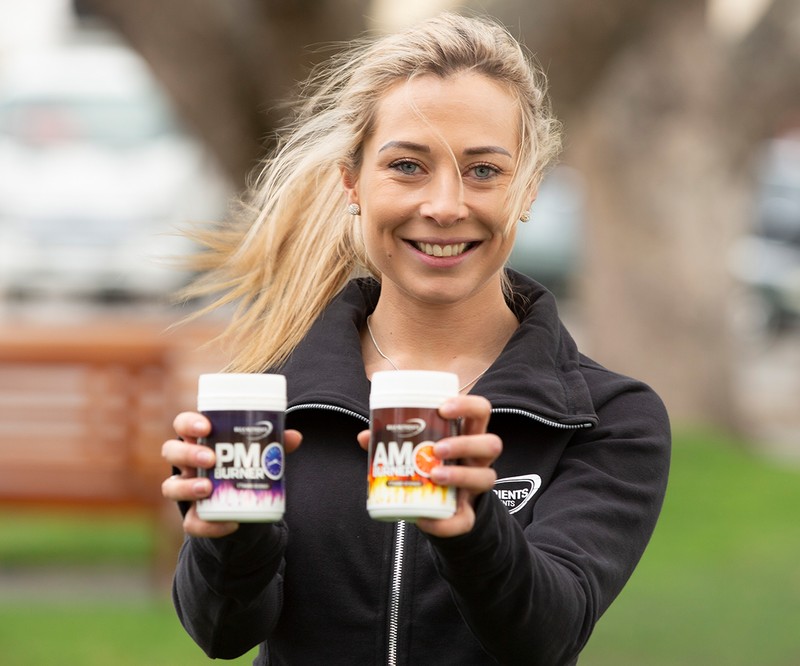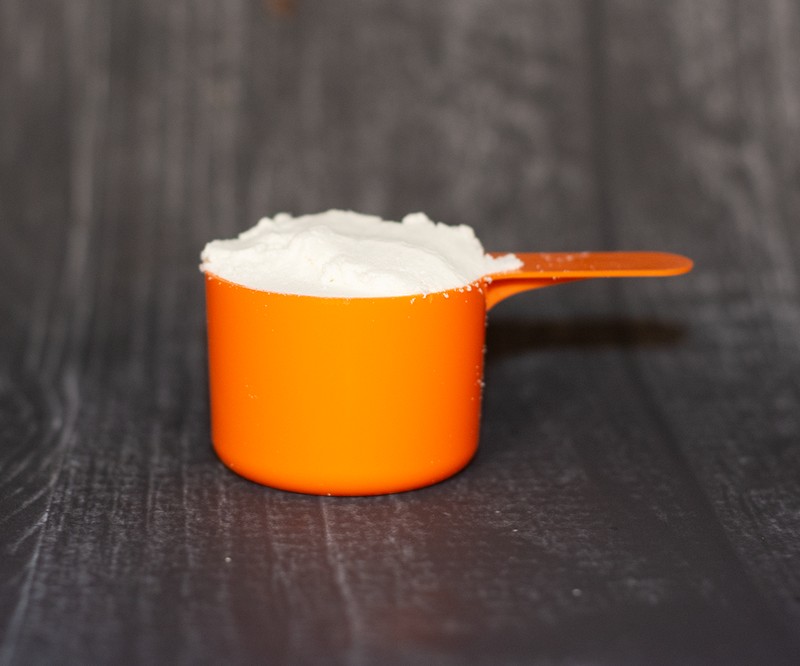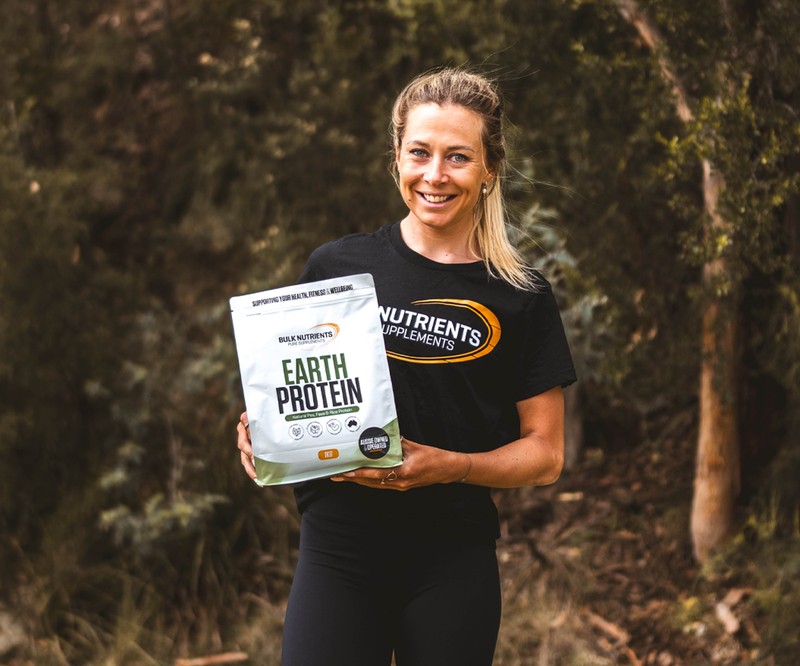A Traditional Creeper to Treat Your Tendons?

A perennial plant from the grape family, Cissus quadrangularis is a species native to tropical Asia, a large part of Africa, and the Arabian Peninsula. As such, it has a deep rooted history in traditional medicine, often used as a tonic to treat issues such as sore joints, bones, and tendons.
While it has humble beginnings in traditional medicine, Cissus quadrangularis is often found as a popular supplement in either powder or capsule form and is used for similar purposes.
Let’s look at what the scientific research says surrounding Cissus quadrangularis and its benefits.
Benefits of Cissus Quadrangularis
Since the years of old, Cissus quadrangularis has been used to treat pain, repair bone fractures, and regulate the menstrual cycle.
Research studies have shown it can be helpful in reducing pain and swelling and accelerate the healing of fractures.
It’s also been found to have high levels of Vitamin C and antioxidants including tannins and carotenoids.
Cissus Quadrangularis for Bone Health
Several studies on both animals and humans have looked at the use of Cissus quadrangularis for bone loss, healing breakages and preventing bone degenerative conditions like osteoporosis.
One study looked at mice with osteoporosis over 11 weeks. A selection of the mice were given Cissus quadrangularis to help gather information on whether alternative medicines could make a difference to osteoporosis results. At the end of the trial, the mice who were fed Cissus quadrangularis had less bone decomposition than those who didn’t receive it, leading researchers to believe it effectively inhibited bone loss.
Alongside assisting with conditions such as osteoporosis, it’s understood Cissus quadrangularis can help heal fractures and bone breaks faster. One study followed a small test group of people with fractured jaw bones taking the supplement 3 times a day over a 6 week period. It discovered the fractures were healed faster, with the supplement also looking to have helped reduce pain and swelling in participants – a big win for anyone healing from a significant injury!
Another study with a larger test group looked at the difference 1200mg of Cissus quadrangularis had over three months. It found that when taken daily, it promoted the healing of fractures and increased levels of proteins required for the formation of bones.

Cissus Quadrangularis for Joint Pain and Swelling
As hinted above and in some studies, Cissus quadrangularis has been linked to a reduction in joint pain as well as relief in symptoms for arthritis sufferers, a condition characterised by swollen, sore, and stiff joints.
One study of 29 men over eight weeks found taking 3200mg per day had a significant impact on the reduction of joint pain caused by exercise.
Two more studies, on rats, found Cissus quadrangularis reduced joint swelling and decreased inflammation markers, signalling it could help to treat arthritis. One found that it was more effective to reduce swelling than some common medications used to treat rheumatoid arthritis.
Cissus Quadrangularis for Metabolic Conditions
There have been several studies on the use of Cissus quadrangularis to aid in assisting conditions including high blood pressure and bad cholesterol.
A 10 week study of 300mg per day observed a reduction in body weight, body fat, blood sugar and both total and bad (LDL) cholesterol levels.
Other studies have looked at the impact of Cissus quadrangularis alongside other supplements, and their total impact on things like body weight and stomach fat. Studies showed improved blood sugar levels during fasting, lower bad cholesterol levels, and weight loss.

How Much Cissus Quadrangularis Should I Take?
Depending on what you’re hoping to use Cissus quadrangularis for and how you’re planning to take it will determine the correct dosage. Studies have shown doses between 300mg and 3200mg per day could have impacts on your overall health. It’s important to ensure you are in touch with a healthcare professional before adding a new dietary supplement to your diet, particularly for targeting symptoms or diseases to ensure no medical interruptions or complications.
Check out Bulk Nutrients' Joint Complex powder here.
References:
- Shah, K., Brahmkshatriya, H., Ananthkumar, G. and Brahmkshatriya, M. (2015). Clinical evaluation of Cissus quadrangularis as osteogenic agent in maxillofacial fracture: A pilot study. AYU (An International Quarterly Journal of Research in Ayurveda), 36(2), p.169. doi: https://doi.org/10.4103/0974-8520.175542.
- Jainu, M. and Devi, C.S.S. (2005). In Vitro. andIn Vivo. Evaluation of Free-Radical Scavenging Potential ofCissus quadrangularis. Pharmaceutical Biology, 43(9), pp.773–779. doi: https://doi.org/10.1080/13880200500406636.
- Banu, J., Varela, E., Bahadur, A.N., Soomro, R., Kazi, N. and Fernandes, G. (2012). Inhibition of Bone Loss byCissusquadrangularisin Mice: A Preliminary Report. Journal of Osteoporosis, 2012, pp.1–10. doi: https://doi.org/10.1155/2012/101206.
- Shah, K., Brahmkshatriya, H., Ananthkumar, G. and Brahmkshatriya, M. (2015). Clinical evaluation of Cissus quadrangularis as osteogenic agent in maxillofacial fracture: A pilot study. AYU (An International Quarterly Journal of Research in Ayurveda), 36(2), p.169. doi: https://doi.org/10.4103/0974-8520.175542.
- Singh, N., Singh, V., Singh, R., Pant, A., Pal, U., Malkunje, L. and Mehta, G. (2013). Osteogenic potential of cissus qudrangularis assessed with osteopontin expression. National Journal of Maxillofacial Surgery, 4(1), p.52. doi: https://doi.org/10.4103/0975-5950.117884.
- Bloomer, R.J., Farney, T.M., McCarthy, C.G. and Lee, S.-R. (2013). Cissus quadrangularis reduces joint pain in exercise-trained men: a pilot study. The Physician and Sportsmedicine, [online] 41(3), pp.29–35. doi: https://doi.org/10.3810/psm.2013.09.2021.
- Kumar, R., Gupta, Y.K., Singh, S. and Arunraja, S. (2015). Cissus quadrangularis attenuates the adjuvant induced arthritis by down regulating pro-inflammatory cytokine and inhibiting angiogenesis. Journal of Ethnopharmacology, 175, pp.346–355. doi: https://doi.org/10.1016/j.jep.2015.08.058.
- Longdom.org. (2024). In vivo Studies on Antiarthritic Activity of Cissus quadrangularis against Adjuvant Induced Arthritis. [online] Available at: 10.4172/2155-9899.1000327
- Oben, J.E., Ngondi, J.L., Momo, C.N., Agbor, G.A. and Sobgui, C. (2008). The use of a Cissus quadrangularis/Irvingiagabonensis combination in the management of weight loss: a double-blind placebo-controlled study. Lipids in Health and Disease, 7(1), p.12. doi: https://doi.org/10.1186/1476-511x-7-12.
- Oben, J., Kuate, D., Agbor, G., Momo, C. and Talla, X. (2006). The use of a Cissus quadrangularis formulation in the management of weight loss and metabolic syndrome. Lipids in Health and Disease, [online] 5, p.24. doi: https://doi.org/10.1186/1476-511X-5-24.
- Sawangjit, R., Puttarak, P., Saokaew, S. and Chaiyakunapruk, N. (2017). Efficacy and Safety ofCissusquadrangularisL. in Clinical Use: A Systematic Review and Meta-analysis of Randomized Controlled Trials. Phytotherapy Research, 31(4), pp.555–567. doi: https://doi.org/10.1002/ptr.5783.

